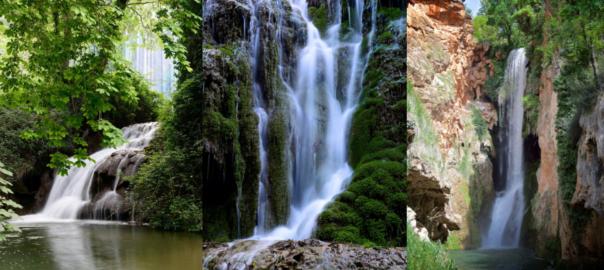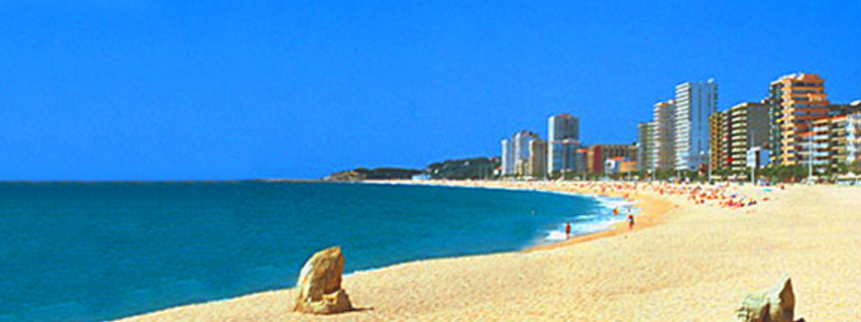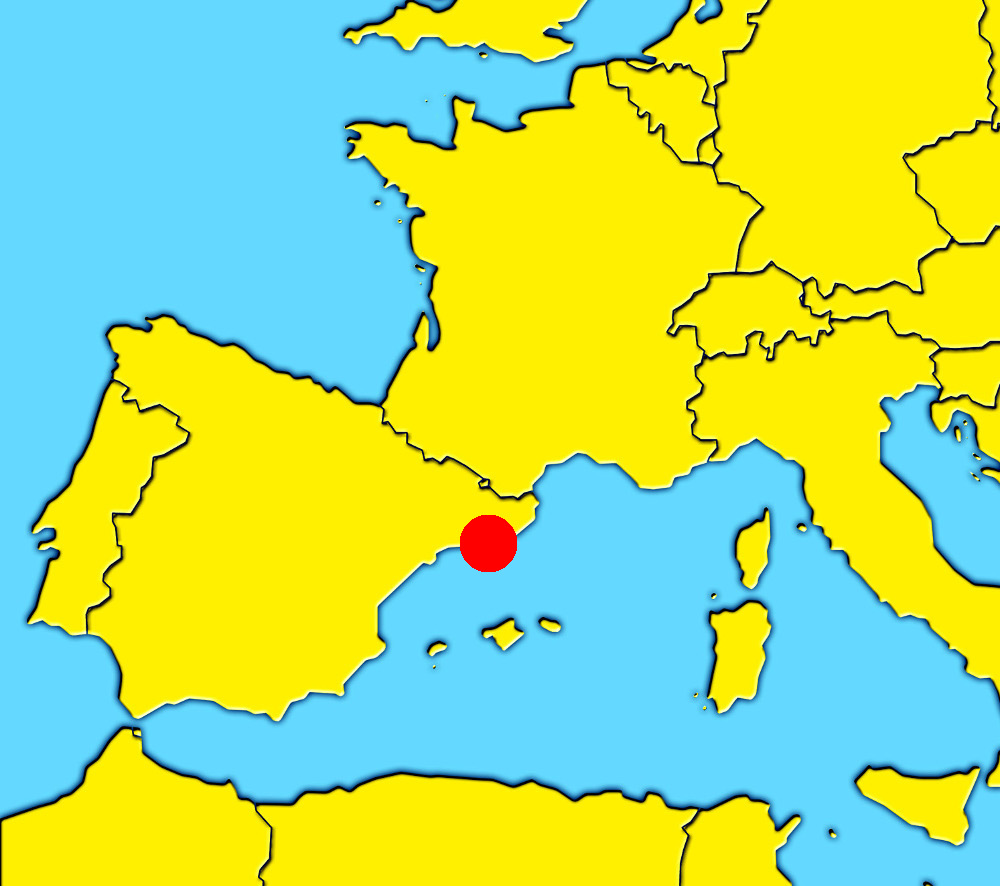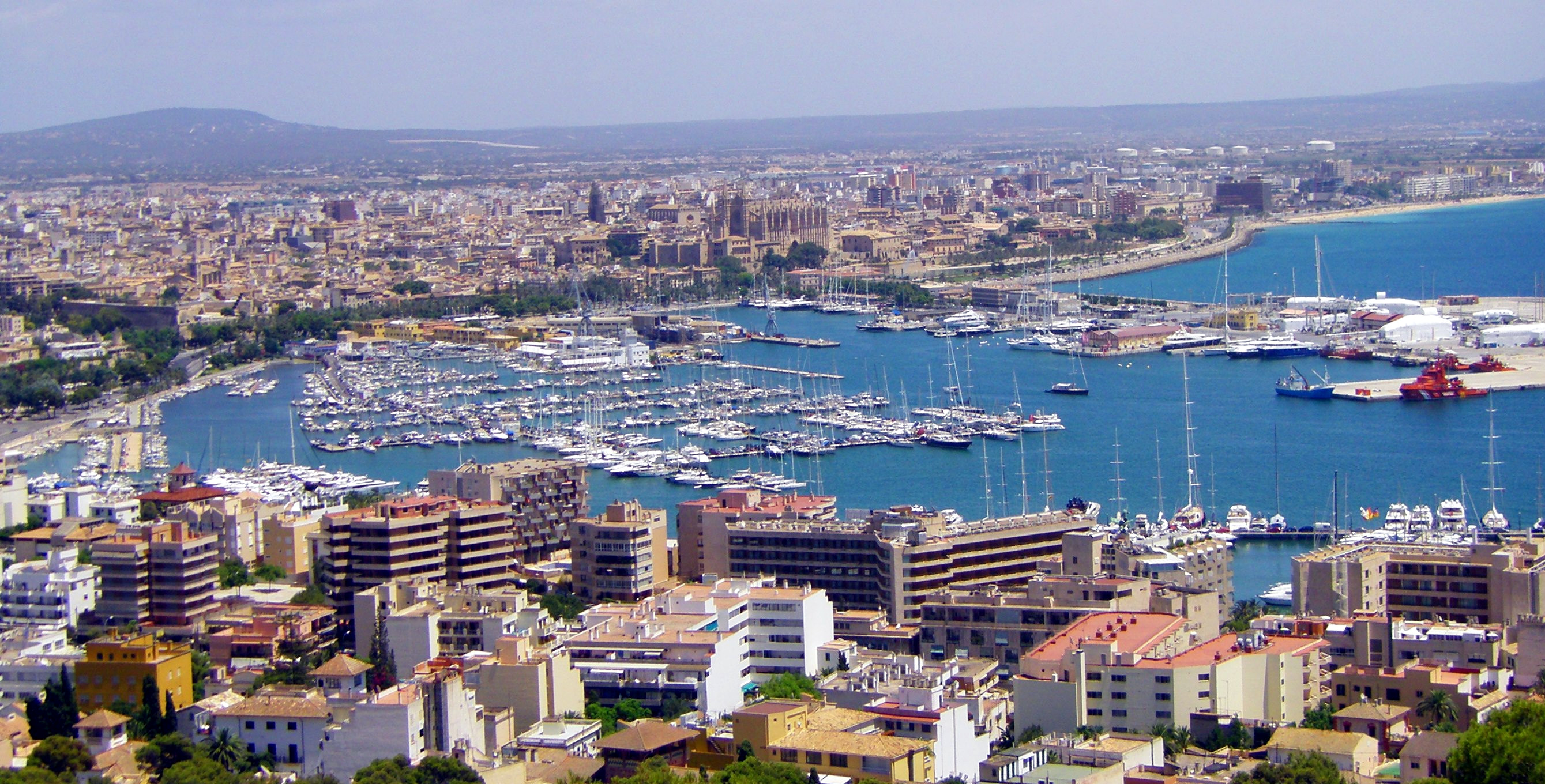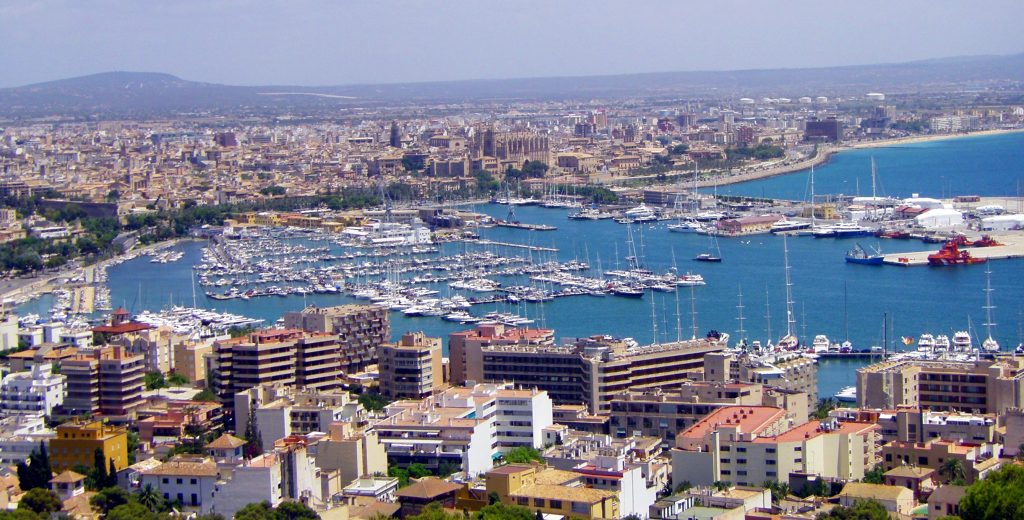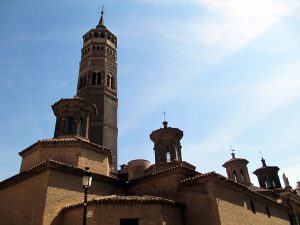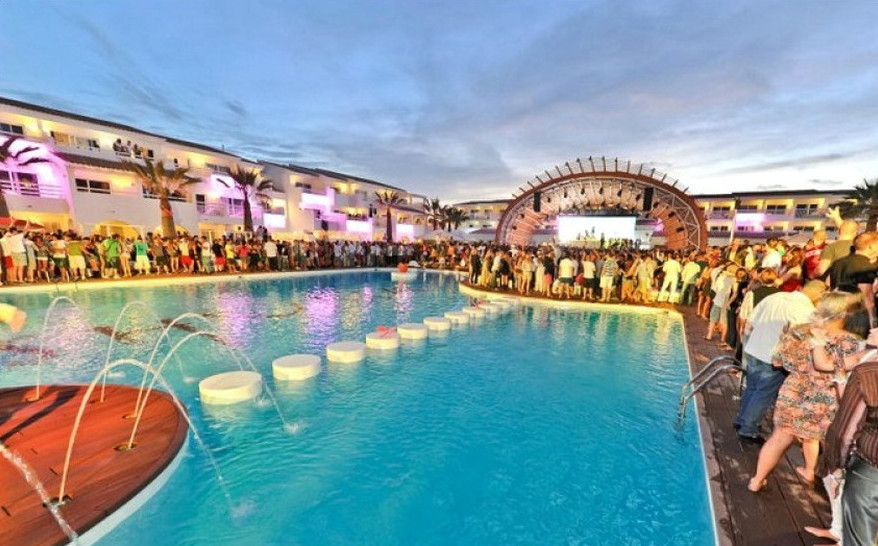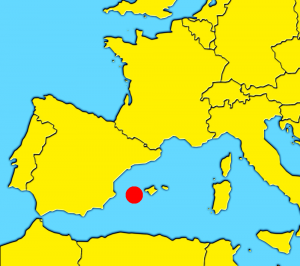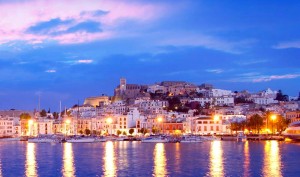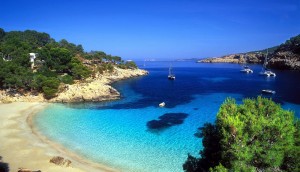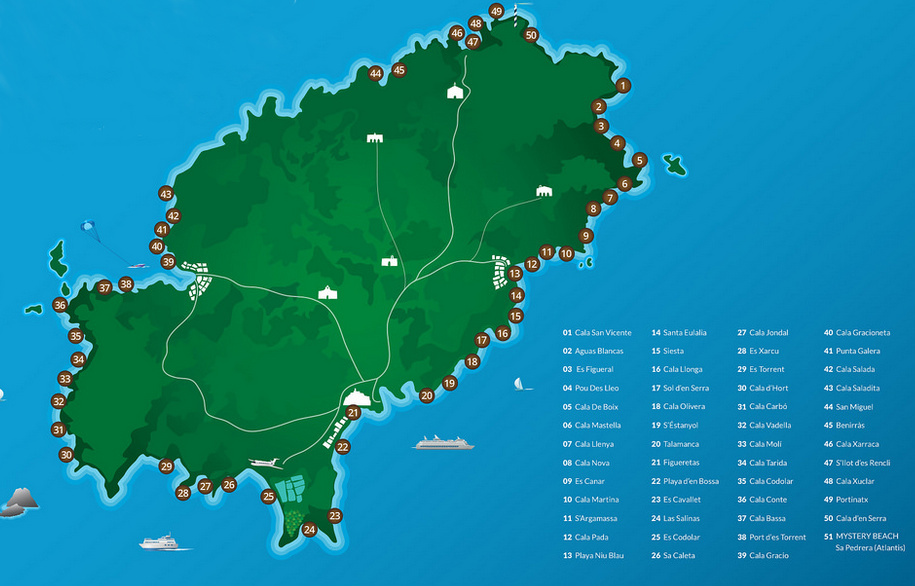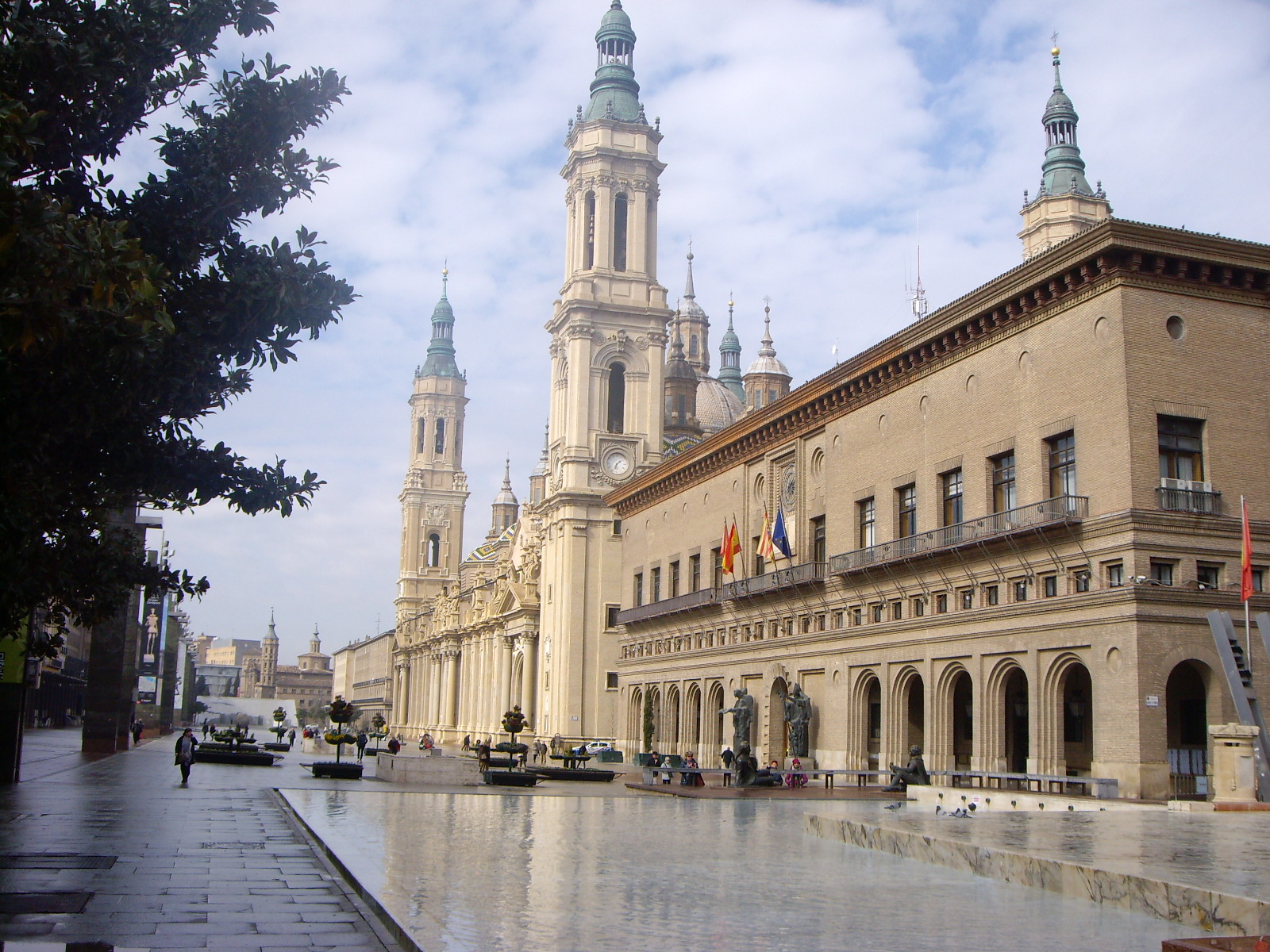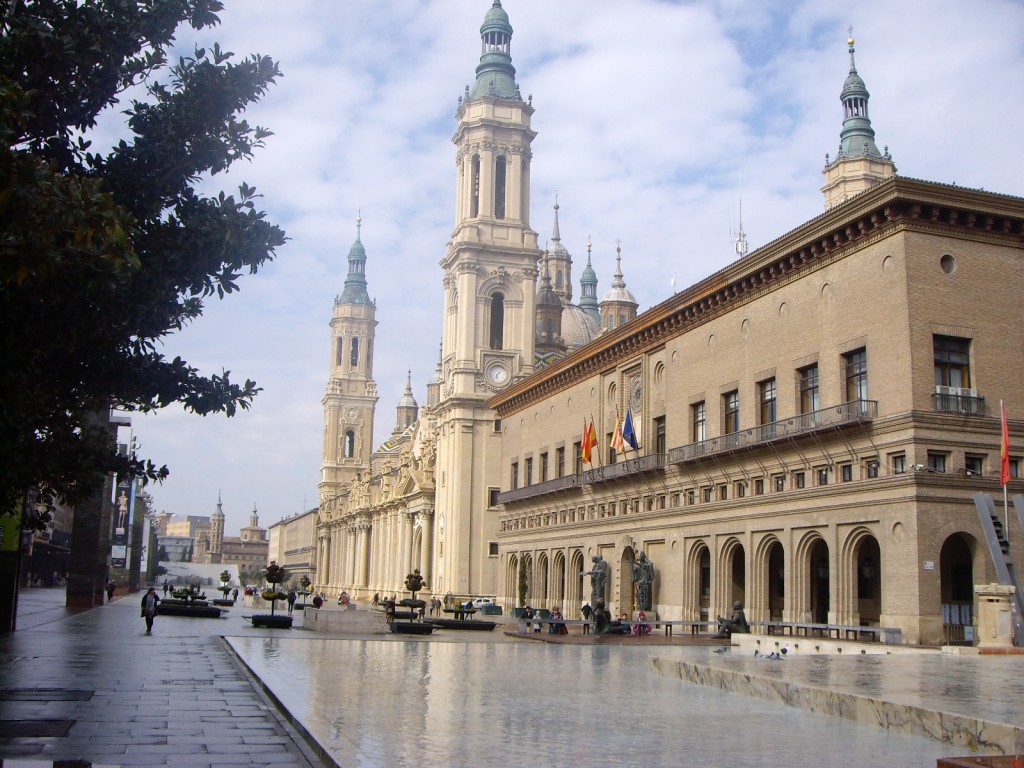
Located in the very heart of Saragossa city and near the Ebro River, the spectacular Pilar Square is a site of significant historic heritage that is enjoyable and accessible by citizens and visitors. It is a lively place often used for a wide range of public events, celebrations and music performances throughout the year, such as, the popular Offering of Flowers, when people from all over the world come here to offer flowers to the Virgin del Pilar, and different groups of performers sing and dance traditional songs in the square on the 12th Octuber; San Valero cake (on 29th January and On New Year’s Eve, when citizens come here to join in the fun in order to eat the grapes. Moreover, the Easter Week Processions, one of the most interesting events in Zaragoza with drums and bass drums that has preserved its traditional values since the 13th century In fact, Pilar Square is one of Saragossa’s most recognized public spaces.
Pilar Square and The two Cathedrals
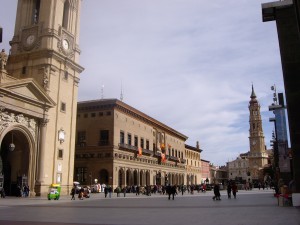 No visit to Saragossa will be complete without spending some time in Pilar Square, here people can see not only “El Pilar” Cathedral but also La Lonja, the City Hall and the Hispanidad Fountain. Moreover, “La Seo” cathedral, several interesting museums, San Juan de los Panetes’ church, El Torreon de La Zuda, the Roman Walls, the Stone Bridge over the Ebro River, Mercado de Lanuza ( Central market ) and Santa Isabel’s church are all nearby. If visitors want a break from sightseeing, they will certainly enjoy walking along the lively pedestrian Alfonso street, the most famous street in Saragossa with traditional buildings, elegant shops, excellent cafés and restaurants. By the way, visitors will find a lot of beautiful statues, sculptures, monuments and other interesting things if they take a stroll around this area.
No visit to Saragossa will be complete without spending some time in Pilar Square, here people can see not only “El Pilar” Cathedral but also La Lonja, the City Hall and the Hispanidad Fountain. Moreover, “La Seo” cathedral, several interesting museums, San Juan de los Panetes’ church, El Torreon de La Zuda, the Roman Walls, the Stone Bridge over the Ebro River, Mercado de Lanuza ( Central market ) and Santa Isabel’s church are all nearby. If visitors want a break from sightseeing, they will certainly enjoy walking along the lively pedestrian Alfonso street, the most famous street in Saragossa with traditional buildings, elegant shops, excellent cafés and restaurants. By the way, visitors will find a lot of beautiful statues, sculptures, monuments and other interesting things if they take a stroll around this area.
La Lonja and The City Hall
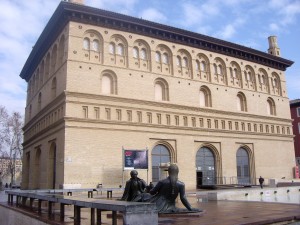 La Lonja de Mercaderes de Zaragoza was built to serve as a market exchange for merchants between 1541 and 1551 in Renaissance style. Designer by the renowned architect Juan de Sariñena (14??-1545), who died before it was finished, La Lonja is regarded as his masterpiece. In fact, it is one of the buildings most remarkable of the Aragonese civil architecture of the 16th century in Aragón. The building is rectangular in plan and inside the magnificent hall is divided into three aisles by five rows of slender pillars (24) from which spring the beautiful vaulting of the roof. Nowadays, La Lonja is used as a hall for public exhibitions. Do not miss the chance to visit La Lonja which offers free admission.
La Lonja de Mercaderes de Zaragoza was built to serve as a market exchange for merchants between 1541 and 1551 in Renaissance style. Designer by the renowned architect Juan de Sariñena (14??-1545), who died before it was finished, La Lonja is regarded as his masterpiece. In fact, it is one of the buildings most remarkable of the Aragonese civil architecture of the 16th century in Aragón. The building is rectangular in plan and inside the magnificent hall is divided into three aisles by five rows of slender pillars (24) from which spring the beautiful vaulting of the roof. Nowadays, La Lonja is used as a hall for public exhibitions. Do not miss the chance to visit La Lonja which offers free admission.
Despite the fact that City Hall building of Saragossa was built between 1941 and 1965 as a renaissance palace in Mudéjar style, inside people can see three magnificent Múdejar techumbres ( roofs) dating from 16th century and a few interesting paintings, as well as two impressive statues stand at the entrance of the City Hall building by the world-renowned sculptor Pablo Serrano Aguilar ( 1908 – 1985 ). The statues are known as San Valero and the Angel de la Ciudad, both of them from 1965. As for the Mudéjar techumbres, they really belonged to a palace of Osera de Ebro village that had been demolished in 1963. The City Hall is between El Pilar and La Lonja.
Fountains, Roman Wall, The Market and other remarkable buildings
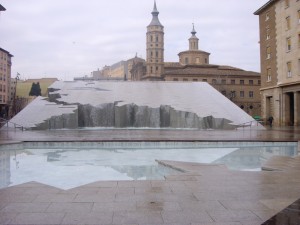 Fuente de la Hispanidad was erected between 1990 and 1991 by the architect Ricardo Uson García and has the silhouette of South America. As for San Juan de los Panetes’ church, it was built on the site where another church had stood previously. The current church was built in the early 18th century in Baroque style. However, its octagonal Mudéjar tower was constructed in the 16th century. San Juan de los Panestes is between the Hispanidad Fountain and La Zuda.
Fuente de la Hispanidad was erected between 1990 and 1991 by the architect Ricardo Uson García and has the silhouette of South America. As for San Juan de los Panetes’ church, it was built on the site where another church had stood previously. The current church was built in the early 18th century in Baroque style. However, its octagonal Mudéjar tower was constructed in the 16th century. San Juan de los Panestes is between the Hispanidad Fountain and La Zuda.
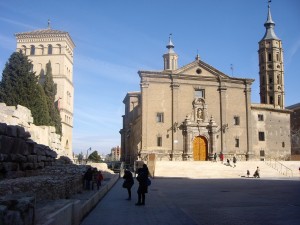 Torreon de La Zuda was the headquarter of the Muslims (Torre del Homenaje) before Saraqusta (Saragossa) was conquered by Alfonso el Batallador in 1118, afterwards, it was the residence of the kings of Aragon until the 13th century that the king moved to Aljaferia. La Zuda was built over several towers of the Roman Walls in the early 10th century by the Muslims. In the mid 16th century it was rebuilt in Mudéjar style and restored in the mid 20th century. Nowadays, it is a Municipal Tourist Office, besides there is a view point for visitors on the fifth floor of building from where visitors can see some splendid views of the surroundings. By the way, visitors can take a look at the historic building and climb the stairs it offers free admission.
Torreon de La Zuda was the headquarter of the Muslims (Torre del Homenaje) before Saraqusta (Saragossa) was conquered by Alfonso el Batallador in 1118, afterwards, it was the residence of the kings of Aragon until the 13th century that the king moved to Aljaferia. La Zuda was built over several towers of the Roman Walls in the early 10th century by the Muslims. In the mid 16th century it was rebuilt in Mudéjar style and restored in the mid 20th century. Nowadays, it is a Municipal Tourist Office, besides there is a view point for visitors on the fifth floor of building from where visitors can see some splendid views of the surroundings. By the way, visitors can take a look at the historic building and climb the stairs it offers free admission.
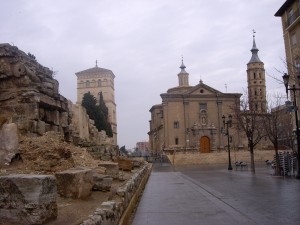 Roman Walls were constructed between 2nd and 3rd centuries by the Romans in order to defend the Roman town of Caesaraugusta (Saragossa). The Roman walls had a perimeter of 3 km and more than a hundred of fortified towers. Unfortunately, the Roman walls were dismantled in the 15th century in order to expanded the town. Nowadays, Roman remains of the walls that once surrounded the town can be seen near the Pilar Square, next to La Zuda.
Roman Walls were constructed between 2nd and 3rd centuries by the Romans in order to defend the Roman town of Caesaraugusta (Saragossa). The Roman walls had a perimeter of 3 km and more than a hundred of fortified towers. Unfortunately, the Roman walls were dismantled in the 15th century in order to expanded the town. Nowadays, Roman remains of the walls that once surrounded the town can be seen near the Pilar Square, next to La Zuda.
In addition, Saragossa was known as Salduie before the Romans settled down here. Afterwards, it was called Caesaraugusta by the Romans. Besides, during the Muslim domination it was known as Saraqusta, and from 1118 it is called Zaragoza.
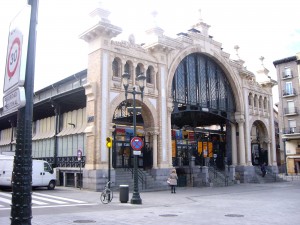
Mercardo de Lanuza, popularly known as Mercado Central, is situated next to the Roman Walls in an emblematic place. It is the most famous market in Saragossa. In fact, it is particularly bustling in the mornings on the weekdays when visitors and citizens can enjoy the atmosphere of a real working market buying the best freshest and healthiest food. As for the building, it was constructed between 1900 and 1903 in Modernist architecture by the renowned architect Felix Navarro Pérez ( 1849 – 1911). The land occupied by the market is rectangular in plan and its measurements are 130 meters in length by 26 meters in width with three naves. The two-storey market was built on the site of the Lanuza square (Plaza de Lanuza the main square) which had been used for traditional markets, bullfightings, jousts, tournaments and other events since 1210. It was a place in which great historic events had taken place, such as the public execution of the Ombudsman Juan de Lanuza V on 20th Diciembre 1591 by order of the Felipe II king of Spain. As for Juan de Lanuza ( 1564 – 1591), he suffered the great injustice of being punished for being the Justice of Aragón and his death was mourned by all the Aragoneses who play tribute to Juan de Lanuza every year. His remains are in Santa Isabel de Portugal’s church.
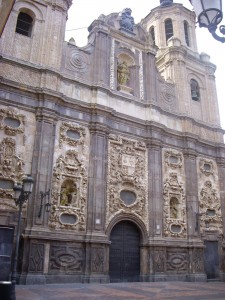 Santa Isabel de Portugal’s church, also known as San Cayetano’s church, lies in the emblematic Plaza de La justicia near the Central market (Mercado de Lanuza) and Pilar square. It was built in the mid 17th century in memory of Saint Isabel (1271-1336) queen of Portugal and daughter of Pedro III ( 1240-1285) king of Aragón in Baroque style. Its richly decorated facade is a well known landmark in Saragossa. Inside visitors can see some magnificent Baroque altarpieces, such as Santa Isabel de Aragón the main altarpiece with a beautiful image of Santa Isabel by the sculptor Gregorio de Mesa dating from 1705; the impressive sculpture of La Piedad, a masterpiece by Antonio Palao Marco (1871), can be seen on the Baroque altarpiece of La Piedad; the chapel of la Hermandad de la Sangre de Cristo where the Cristo de la Cama is worshiped during Easter Week. Don’t forget that the remains of Juan de Lanuza has been in this church since 1914. It is a must see place.
Santa Isabel de Portugal’s church, also known as San Cayetano’s church, lies in the emblematic Plaza de La justicia near the Central market (Mercado de Lanuza) and Pilar square. It was built in the mid 17th century in memory of Saint Isabel (1271-1336) queen of Portugal and daughter of Pedro III ( 1240-1285) king of Aragón in Baroque style. Its richly decorated facade is a well known landmark in Saragossa. Inside visitors can see some magnificent Baroque altarpieces, such as Santa Isabel de Aragón the main altarpiece with a beautiful image of Santa Isabel by the sculptor Gregorio de Mesa dating from 1705; the impressive sculpture of La Piedad, a masterpiece by Antonio Palao Marco (1871), can be seen on the Baroque altarpiece of La Piedad; the chapel of la Hermandad de la Sangre de Cristo where the Cristo de la Cama is worshiped during Easter Week. Don’t forget that the remains of Juan de Lanuza has been in this church since 1914. It is a must see place.
Everybody who visits the Zaragoza is sure to appreciate its character. Why don’t you complete your Zaragoza experience with a walk around this square?
More places to visit in Zaragoza (Aragón, Spain)
– Basílica del Pilar: The Pilar Cathedral (also called Basilica del Pilar) is the most famous icon of Saragossa. This church is placed in the centre of the city at Pilar Square (Plaza del Pilar), near the Ebro river and in the same square than “La Seo”.
– La Seo Cathedral: Salvador Cathedral (popularly, La Seo), in Zaragoza was declared a World of Heritage site by UNESCO as one of the most representative Mudéjar architecture of Aragón.
– Paseo Independencia (Independence Avenue): The main street of Zaragoza. Beginning at the end of Gran Via, the avenue runs from Plaza Paraiso all the way to Plaza España.
– La Aljafería: A must for all tourists that arrive in Saragossa is to visit the stunning Aljaferia Palace, which is really the most visited historic site in Saragossa. This medieval Islamic palace was built by Muslims on the banks of the river Ebro in the 11th century.
– Expo 2008 Zone: In summer 2008, Saragossa received the international exposition Expo Zaragoza 2008, which was placed aside the shore of the Ebro River. Currently, the Expo Zone is open to all the visitors who want to see the area and enjoy its activities.
– What to visit in Zaragoza: Read here our two-days tour in Zaragoza.
Read also More popular places in Zaragoza and The best cities and destinations of Spain.
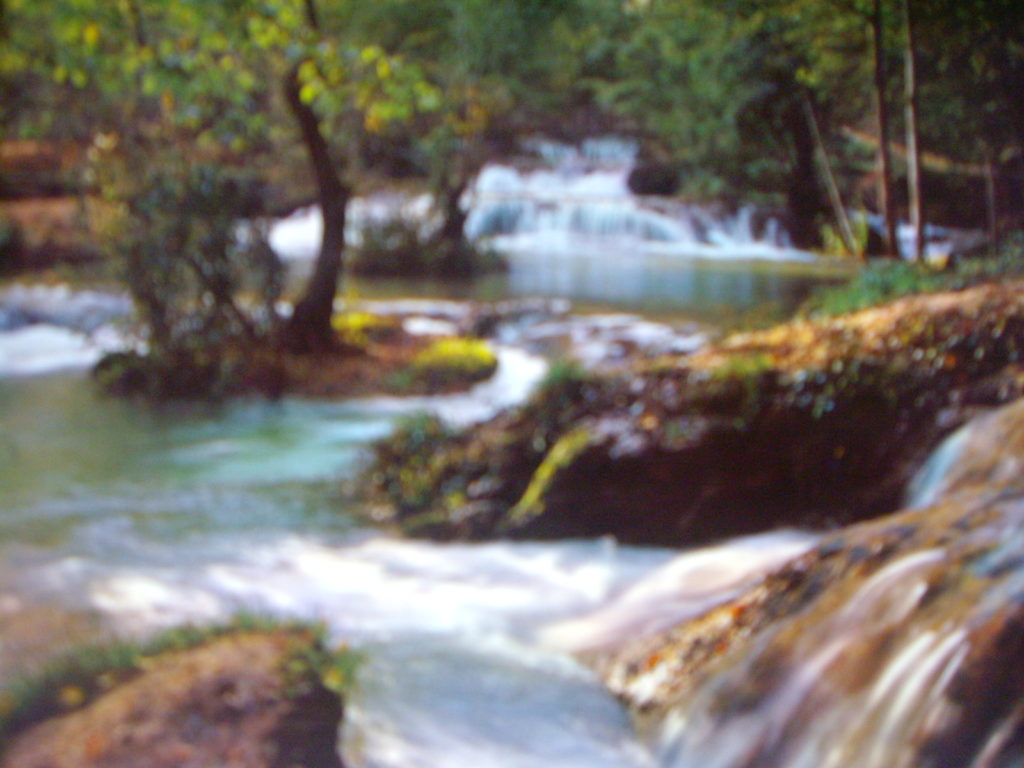 Nowadays, Monasterio de Piedra (Stone Monastery) is one of the best tourist destination in Nuevalos, (Zaragoza Province, Aragón, Spain) for people who like enjoying of the flavour of the traditional cuisine, good wine, natural environments and impressive landscapes. In fact, the medieval Monasterio de Piedra is now an outstanding complex with an excellent hotel and a beautiful natural park well known for its fascinating waterfalls.
Nowadays, Monasterio de Piedra (Stone Monastery) is one of the best tourist destination in Nuevalos, (Zaragoza Province, Aragón, Spain) for people who like enjoying of the flavour of the traditional cuisine, good wine, natural environments and impressive landscapes. In fact, the medieval Monasterio de Piedra is now an outstanding complex with an excellent hotel and a beautiful natural park well known for its fascinating waterfalls.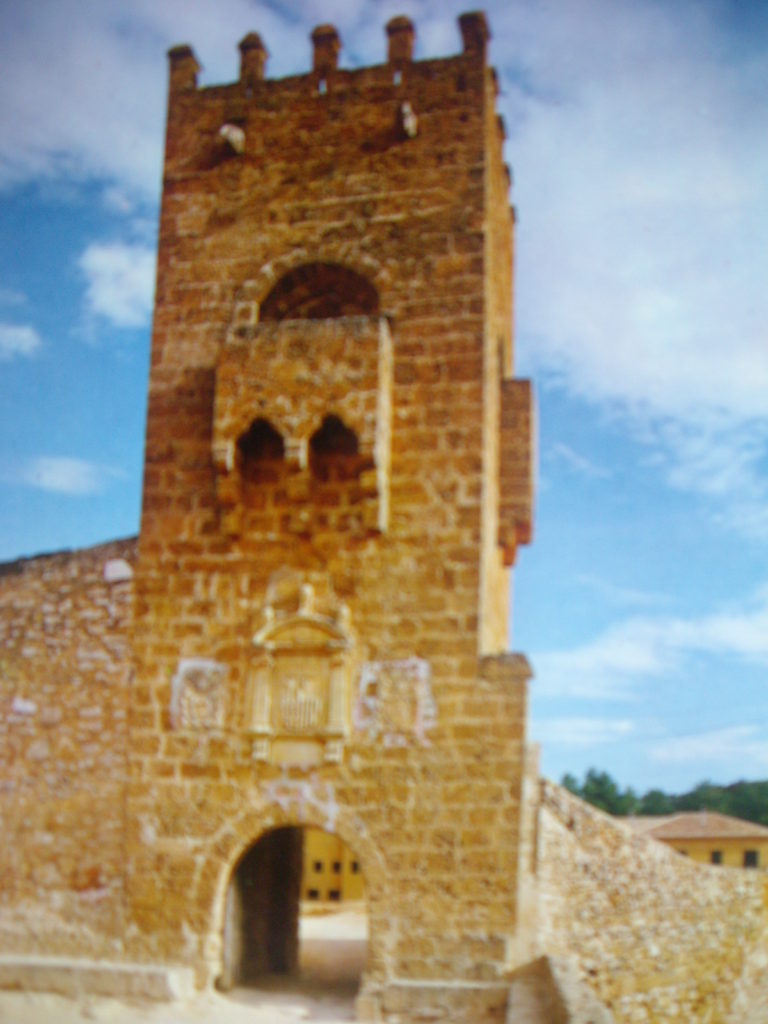 The first buildings of the monastic settlement were built of wood and mud bricks (adobes) by Cistercian monks who had arrived from Poblet Monastery in 1194.
The first buildings of the monastic settlement were built of wood and mud bricks (adobes) by Cistercian monks who had arrived from Poblet Monastery in 1194.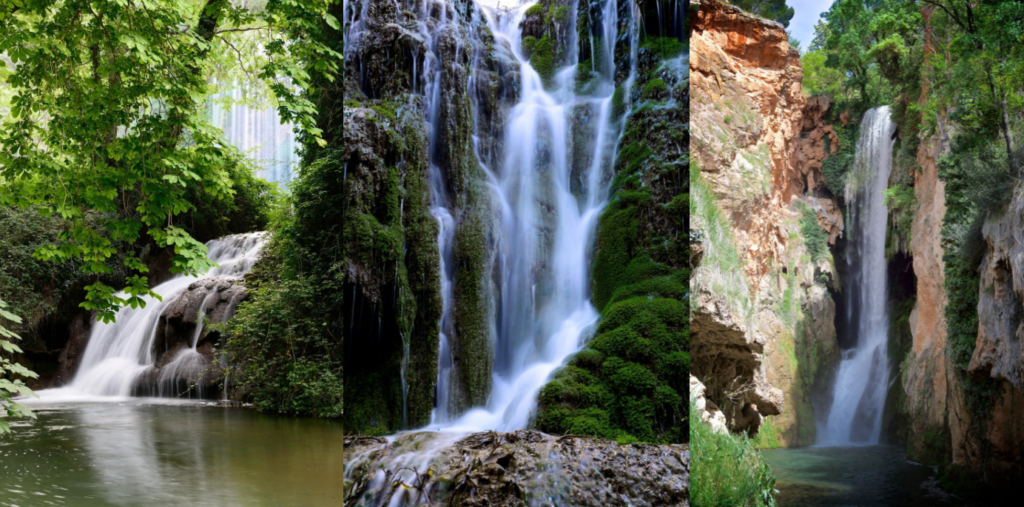
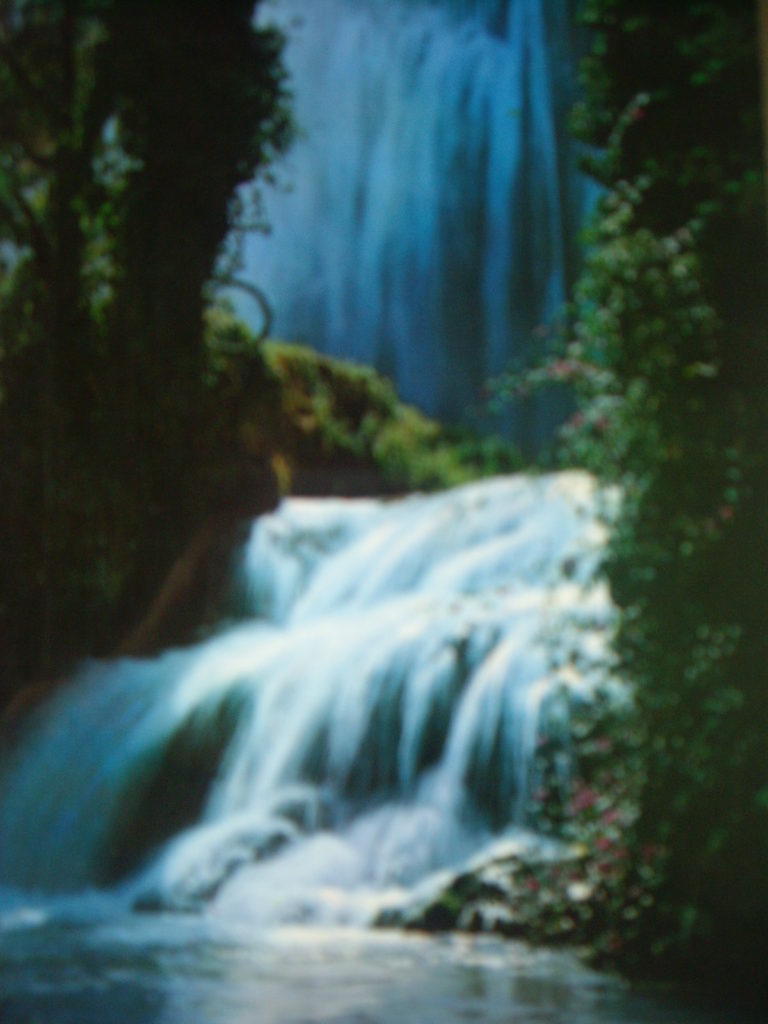 In the middle of the 19th century the medieval monastery and the vegetable garden were bought by Pablo Muntadas. The buildings of the monastery were adapted as a first class hotel to provide all services. The vegetable garden was transformed into a space with an exceptional landscape where people can also walk and enjoy the impressive waterfalls, lakes, caves and nature. In addition, if tourists like outdoor activities in natural surroundings such as hiking they will never forget this park.
In the middle of the 19th century the medieval monastery and the vegetable garden were bought by Pablo Muntadas. The buildings of the monastery were adapted as a first class hotel to provide all services. The vegetable garden was transformed into a space with an exceptional landscape where people can also walk and enjoy the impressive waterfalls, lakes, caves and nature. In addition, if tourists like outdoor activities in natural surroundings such as hiking they will never forget this park.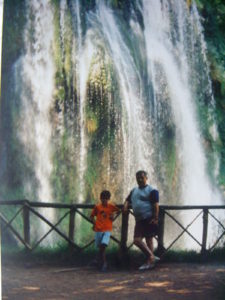 The 12th century tower of the tribute gives visitors a cozy welcome before going into the walled Monastery of Piedra Hotel. The buildings of the medieval monastery were transformed into a comfortable hotel, the church of the Monastery which is in ruins is used for events, there are others magnificent buildings which are well preserved. So visitors can see and enjoy the cloister from 13rd century, the chapterhouse, the refectory, the kitchen, the cilla, the dormitories, the library, and so on
The 12th century tower of the tribute gives visitors a cozy welcome before going into the walled Monastery of Piedra Hotel. The buildings of the medieval monastery were transformed into a comfortable hotel, the church of the Monastery which is in ruins is used for events, there are others magnificent buildings which are well preserved. So visitors can see and enjoy the cloister from 13rd century, the chapterhouse, the refectory, the kitchen, the cilla, the dormitories, the library, and so on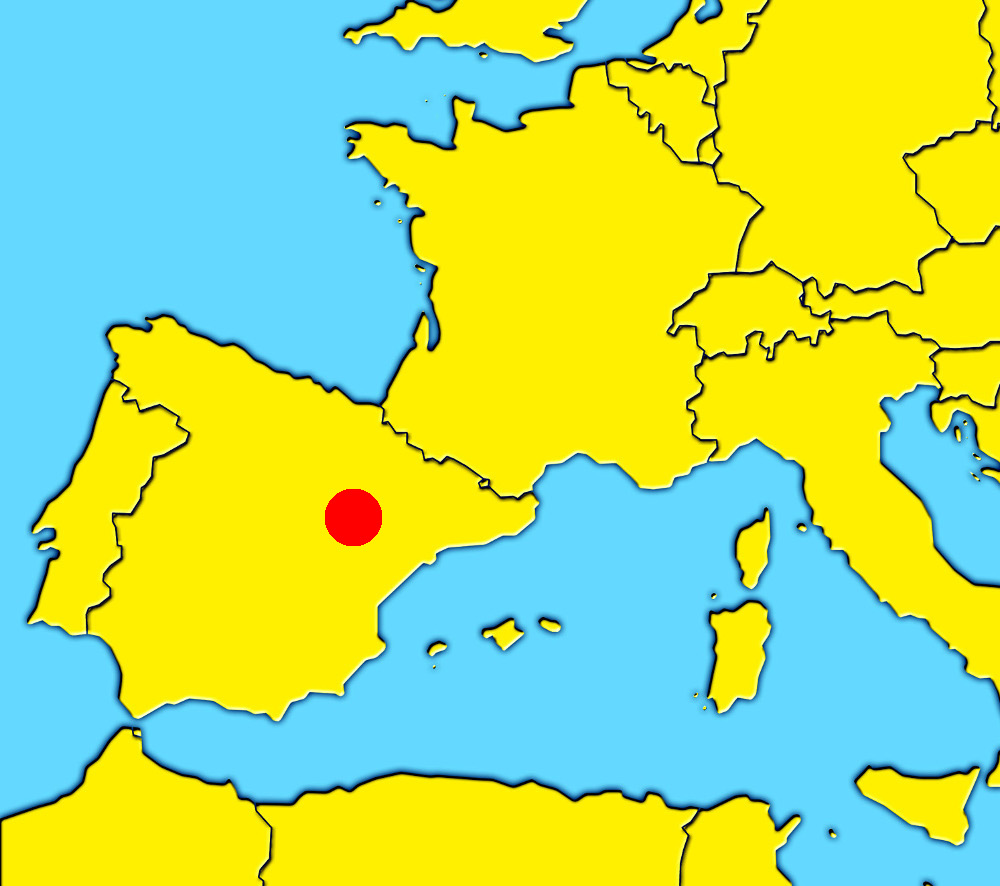 – Zaragoza city: With almost 700,000 inhabitants, Zaragoza (Saragossa) is one of the biggest cities of Spain. Its strategical location between Madrid, Barcelona, Valencia and Bilbao, and its proximity to The Pyrenees and France, make Zaragoza one of the most important logistic points of Spain.
– Zaragoza city: With almost 700,000 inhabitants, Zaragoza (Saragossa) is one of the biggest cities of Spain. Its strategical location between Madrid, Barcelona, Valencia and Bilbao, and its proximity to The Pyrenees and France, make Zaragoza one of the most important logistic points of Spain.